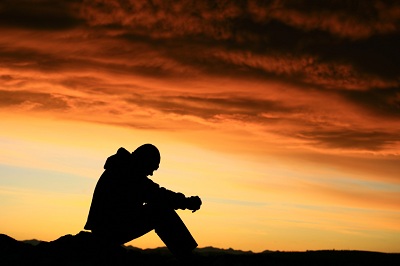Definitions and Differences
Myofascial trigger points, also known as trigger points, are described as hyperirritable spots in the fascia surrounding skeletal muscle. They are associated with palpable nodules in taut bands of muscle fibers.[1] They are a topic of ongoing controversy, as there is limited data to inform a scientific understanding of the phenomenon. Accordingly, a formal acceptance of myofascial "knots" as an identifiable source of pain is more common among bodyworkers, physical therapists, and chiropractors and osteopathic practitioners. Nonetheless, the concept of trigger points provides a framework which may be used to help address certain musculoskeletal pain.
The trigger point model states that unexplained pain frequently radiates from these points of local tenderness to broader areas, sometimes distant from the trigger point itself. Practitioners claim to have identified reliable referred pain patterns which associate pain in one location with trigger points elsewhere. There is variation in the methodology for diagnosis of trigger points and a dearth of theory to explain how they arise and why they produce specific patterns of referred pain.[2]
Compression of a trigger point may elicit local tenderness, referred pain, or local twitch response. The local twitch response is not the same as a muscle spasm. This is because a muscle spasm refers to the entire muscle contracting whereas the local twitch response also refers to the entire muscle but only involves a small twitch, no contraction.
Refexology:
Reflexology, also known as zone therapy, is an alternative medicine involving application of pressure to the feet and hands with specific thumb, finger, and hand techniques without the use of oil or lotion. It is based on a system of zones and reflex areas that purportedly reflect an image of the body on the feet and hands, with the premise that such work effects a physical change to the body
Reiki is an ancient Japanese science of healing (see History). It involves the use of REI means universal light & KI means life force energy governing all functions in universe. This helps you heal all kinds of problem by touch or thought.
This is just a complimentary aid to medicine that one can use with REJU i.e. attunement or initiation. Without initiation one cannot use it effectively. Those who try to practice this just by reading a book may get only a part of the healing effect that will be initiated with their own energy, not the universal life force.


Massage Therapy Improves Rehabilitation After Injury
Rehabilitating any injury can be a tiring and frustrating process. While the main goal of physical rehabilitation is to increase strength and flexibility, it often ends before the area has been returned to its full pre-injury state.
Massage plays an important role as a supplement to standard injury rehabilitation procedures. By encouraging circulatory movement and relaxing muscles, massage helps the body pump more oxygen and nutrients into tissues and vital organs. This allows the rehabilitating injured area(s) to become more flexible and heal at an accelerated rate so you can get back in the game asap!

